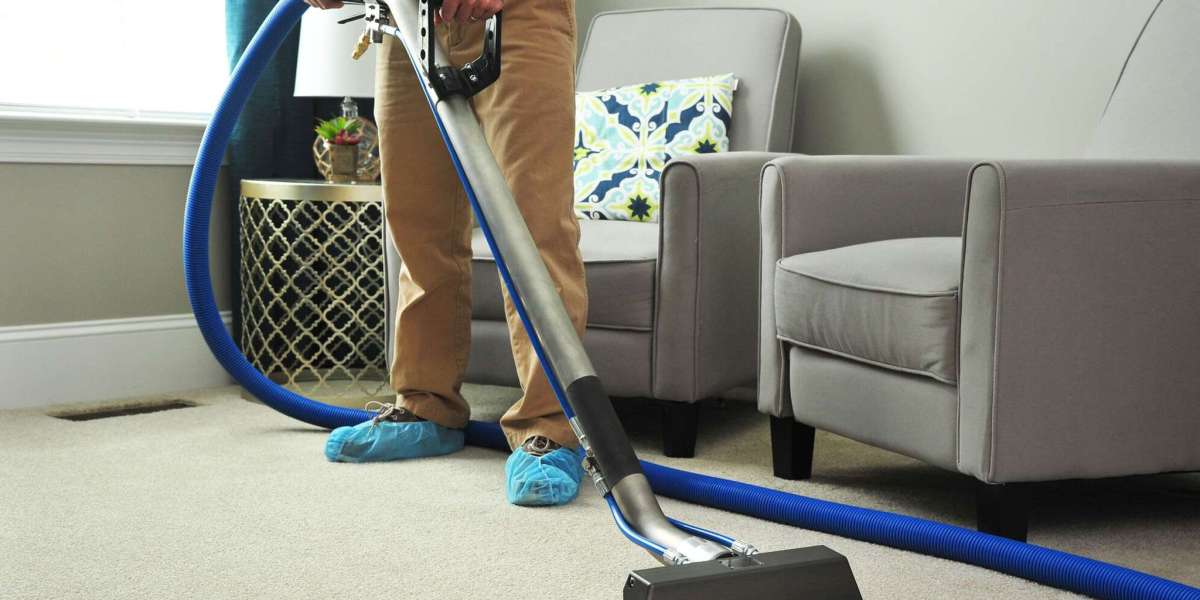Safety goggles are a cornerstone of personal protective equipment (PPE), designed to safeguard one of our most vital senses—vision. Whether you're working in construction, laboratories, industrial environments, or engaging in DIY projects, the potential risks to your eyes are significant. Safety goggles provide a reliable shield against hazards like flying debris, chemical splashes, and radiation, ensuring a safer work environment and preventing severe injuries. Despite their simplicity, safety goggles represent a critical line of defense against incidents that could permanently impair vision.
Importance of Safety Goggles
The eyes are highly sensitive and prone to injury from particles, liquids, or harmful substances in various settings. For instance, sawdust, metal shards, or chemical splashes can instantly cause irreversible damage. In industrial environments, the risks of exposure to fumes or high-intensity light make safety goggles a non-negotiable tool. Statistics show that nearly 90% of workplace eye injuries could be prevented with proper protective eyewear. This figure underscores the value of safety goggles in reducing injuries, promoting health, and maintaining productivity.
Chemical laboratories further highlight the importance of these safety devices. Even a small spillage of hazardous chemicals can lead to severe eye irritation, burns, or blindness. Similarly, welders and laboratory technicians face exposure to UV and infrared rays, which can damage the retina. Wearing the right type of safety goggles designed for specific hazards ensures comprehensive protection.
Features of Safety Goggles
Modern safety goggles have evolved with advanced features to maximize comfort and functionality:
· Impact Resistance: Constructed from polycarbonate or similar materials to withstand high-velocity impacts.
· Anti-Fog Technology: Helps maintain clear visibility in humid or high-temperature environments.
· Chemical Resistance: Sealed goggles protect against spills and splashes of corrosive substances.
· UV Protection: Shields eyes from harmful ultraviolet light in welding or laboratory operations.
Moreover, manufacturers now design goggles to ensure breathable, lightweight, and ergonomic fits, catering to prolonged use without causing discomfort.
Types of Safety Goggles
Safety goggles come in various types, tailored to workplace needs:
· Direct Ventilation Goggles: Suitable for environments with risks of impact but minimal exposure to liquids.
· Indirect Ventilation Goggles: Designed for areas with chemical exposure, these goggles prevent liquids from entering.
· Welding Goggles: Equipped with shaded lenses to shield against UV rays during welding.
Choosing the right type based on specific hazards ensures optimal safety and comfort.
Encouraging Usage
Despite their importance, some workers neglect using safety goggles due to discomfort or lack of enforcement. Employers play a critical role in creating awareness about risks and providing high-quality, comfortable goggles. Regular training sessions and enforcing PPE policies are equally essential to fostering a safety-first culture.
FOR MORE DETILES:- https://aaasafedubai.com/
Conclusion
Safety goggles are indispensable for protecting against risks that could otherwise have life-altering consequences. From industrial workers to scientists, they form a vital barrier between hazardous environments and delicate eye tissues. The combination of advanced technology, variety, and growing awareness ensures safety goggles remain an invaluable tool in occupational safety. By choosing and using the right protective eyewear, countless injuries can be prevented, safeguarding not just vision but overall quality of life.













